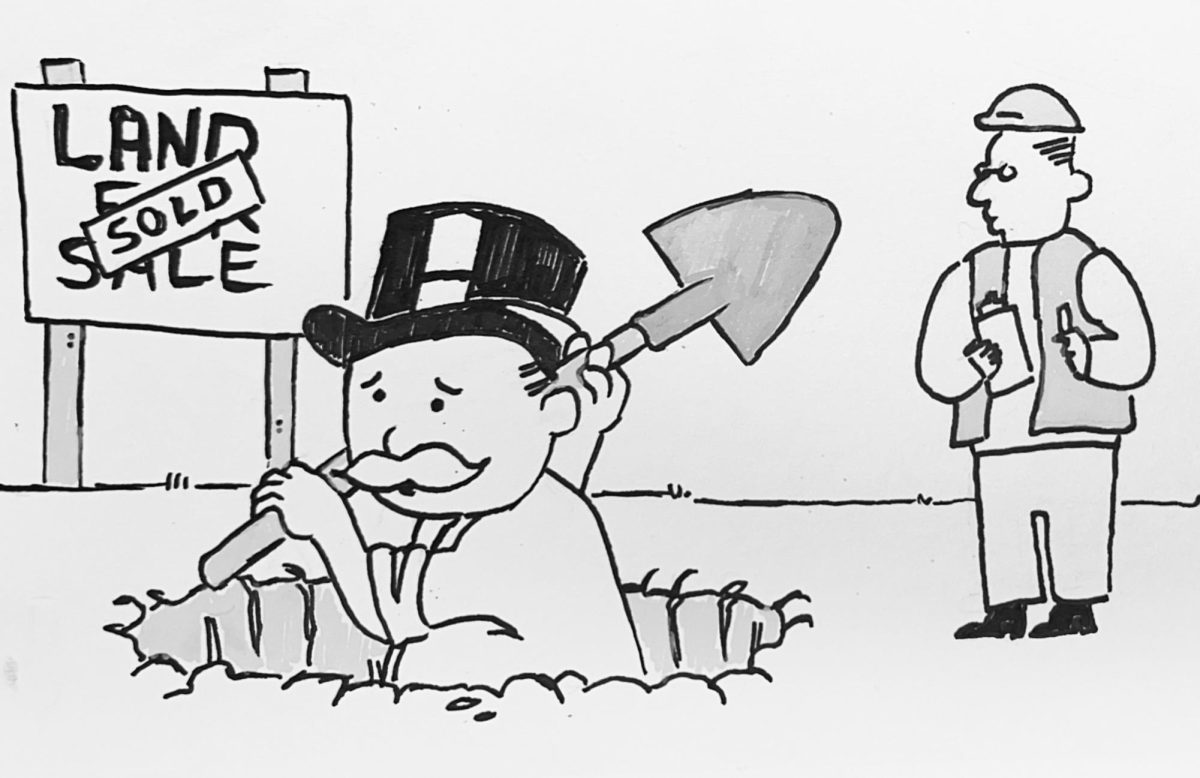With the Whitman Undergraduate Conference looming on the horizon, I figured I would take this opportunity to educate people (especially presenters) in the ways of making good presentations. To that end, I have several suggestions to help improve the quality of your presentation from start to finish.
1. Have an interesting subject.
Now, I realize that it may be a little late to salvage a really bad topic, but the key here is to come up with an awesome title. The purpose of a good title is to draw people to your talk. By means of example, which of these talks would you rather attend?
“An in-depth examination of clerical critique in ‘Moby Dick'”
or
“Whale Penises and Priests: Herman Melville’s attack on the clergy in ‘Moby Dick'”
Same talk, different title. The first problem you have to tackle as a presenter is getting people to sit their asses down in front of you. Thus, you need a good title.
2. Give me a reason to stay in my seat.
Okay, so once your fantastically compelling title has piqued my interest, and I have decided to come listen to what you have to say, it’s your job to keep me in the seat. In that regard, there are two very important things you should be doing.
The first is simply being enthusiastic about what it is that you are presenting. I often get really physical when I’m presenting––walking around, waving my arms and raising my voice, but even if you’re not inclined to go to those extremes, being visibly excited by what you have to say will go a long way.
Second, make sure to tell your audience where you’re going with your remarks, preferably between 10-20 percent of the way through your allotted time. If you’re five minutes into a 15-minute presentation, and I can’t coherently say where you’re headed, that’s a problem.
3. Speak to everyone in your audience.
I know the paper you’ll be presenting was developed in a class here at Whitman. Odds are, that class included some form of advanced terminology that helped in understanding the subject matter. You could talk about an infinite regress of moved movers and not have anyone bat an eyelash. Here’s the problem: not all of the people attending your talk will be familiar with the jargon. What’s obvious to you after a semester or two of study may not make sense to a layperson. Explain the advanced concepts you use.
4. Don’t fall into PowerPoint’s traps.
PowerPoint is a wonderful tool for creating engaging multimedia presentations that can delight people in the audience … if you manage to avoid the traps that the program sets for you.
First and foremost, avoid bullet point slides if at all possible. It’s easy to start reading off them, instead of presenting. That’s boring. Instead, use slides that will act as visual punches to accent your words. Key phrases and pictures work well.
Second, make sure that the background of your slides won’t be distracting. A presenter at the Global Studies Symposium put images and text on top of an eyeball-searing lime green background. I spent more time thinking about that background than I did thinking about her presentation. Don’t let that happen to you.
Finally, be careful with your use of transitions. Too few, and your presentation can seem monotonous and boring. Too many, and you’ll distract your audience. Sounds are a supremely bad idea. My best advice here is to use simple, minimally flashy transitions and animations, except when absolutely necessary.
5. Organize, organize, organize!
As a presenter, rambling will be the death of you. Structure your presentation in such a way that you keep moving forward. There was another presenter at the Global Studies Symposium who stood at a podium and spoke seemingly at random in a monotone. That’s a great way to get your audience to tune out.
Incidentally, that’s part of why I like PowerPoint so much. It forces you to structure your presentation in a meaningful and mindful way.
6. Give me a message to take home.
I want to feel like I’ve learned something from my time listening to you. Papers have conclusions, so why should your presentation be different? Another important tidbit: that message should be pithy and easy to remember, so that I can file it away in my brain for future reference. Something like: “Just remember, bringing a longsword to a street duel is a really bad idea.”
So there you have it: six easy ways to make your presentation markedly better. It just takes a little extra effort to turn something that could be a total snoozer into a riveting learning opportunity.









ellis • Apr 8, 2011 at 10:31 pm
PP is a blessing and a curse–so easy to make bullet point slides. Good luck with your presentation. Entertaining article—ebe & swe